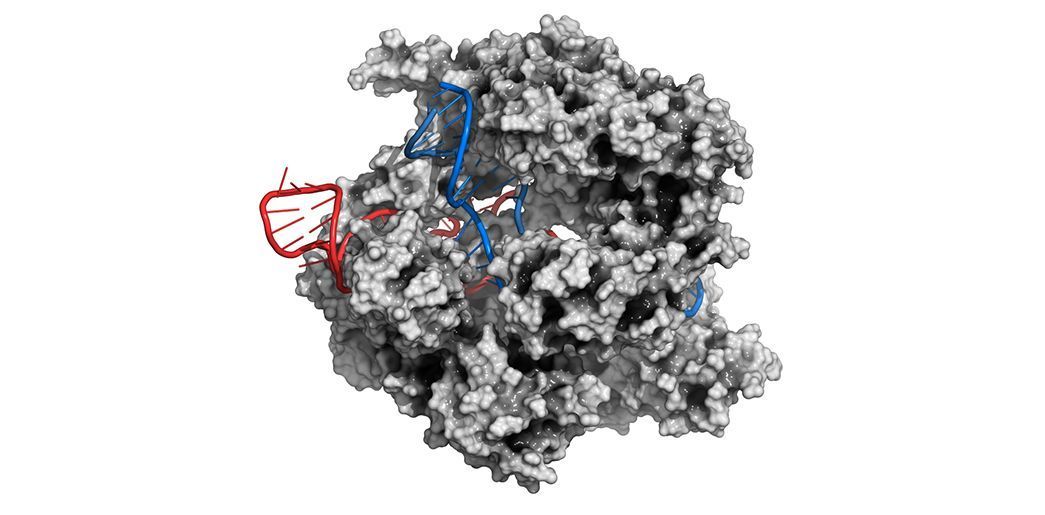AWARD YEAR
2017
CATEGORY
Body
GOALS
Good Health & Well-being
KEYWORDS
DNA, Genomes, Gene Editing
COUNTRY
United States of America
DESIGNED BY
Jennifer Doudna and others - Broad Institute of MIT and Harvard
WEBSITE
https://www.broadinstitute.org/research-highlights-crispr
CRISPR-Cas9 Technology
A technology that lets scientist 'code' human genes - the discovery of the century
What is CRISPR? In short, it’s the technological discovery of the century. CRISPR stands for: clustered regularly interspaced short palindromic repeats. And it’s a sort of immunity system set up in the genetic code of our cells. These genes repeat in short sequences at certain intervals, and when this immune system detects a foreign gene — say a virus trying to insert its DNA into your DNA sequence — it creates a spacer between these repeats to provide immunity from that virus. This system, called CRISPR-Cas, can target and snip out undesirable code at the spacers using a certain enzyme. Cas9 was the first enzyme to be discovered within the CRISPR-Cas system and acts as a type of genetic scissors, allowing scientists to snip out, edit and replace DNA at certain intervals along the genome. There are a lot of risks involved. With all the promise CRISPR holds, it’s not a perfect system, and scientists still need to do a lot more research here before we go messing with the human germline.







